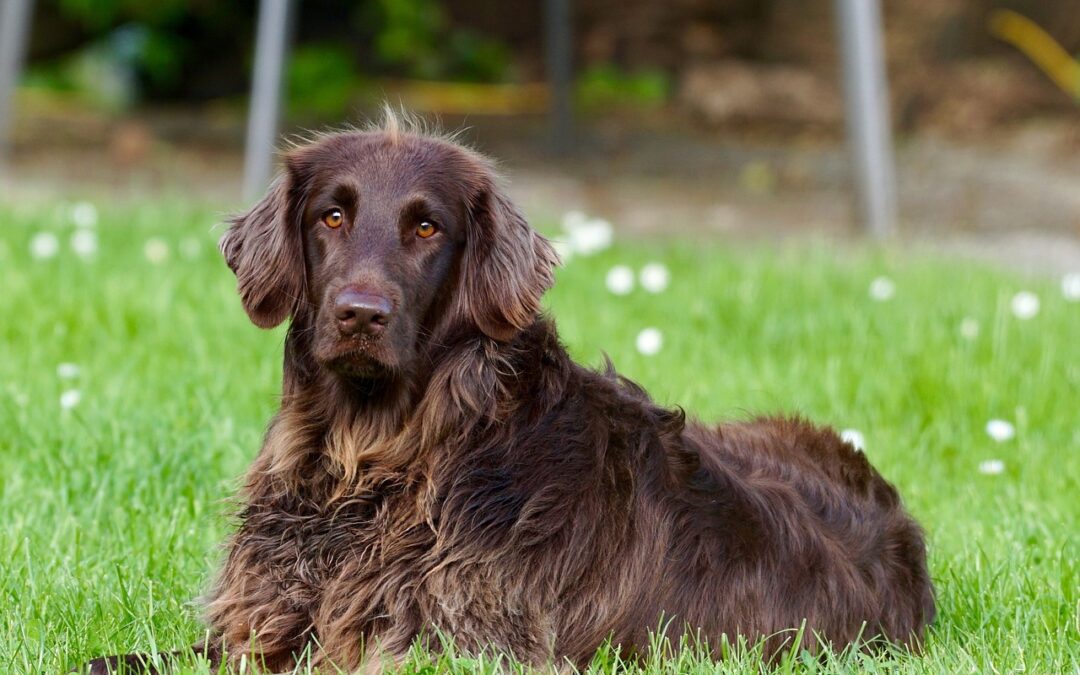Understanding Cranial Cruciate Ligament Tears in Pets
Watching athletes go down with knee injuries during sports events can make us cringe, knowing that they have likely torn their anterior cruciate ligament (ACL), a vital ligament that stabilizes the knee joint. What many people may not realize is that pets can also experience similar knee ligament injuries, although it’s referred to as a cranial cruciate ligament (CCL) tear.
So, what exactly is a cranial cruciate ligament tear in pets? The cranial cruciate ligament connects the femur (thigh bone) to the tibia (shin bone) and plays a crucial role in stabilizing the knee joint. When this ligament ruptures or tears, the shin bone moves forward away from the femur when your pet walks, leading to instability and discomfort.
Several factors contribute to CCL tears in pets, including ligament degeneration, obesity, poor physical condition, genetics, skeletal shape and configuration, and breed. Unlike an acute injury to a healthy ligament, CCL ruptures typically occur due to the gradual degeneration of the ligament over several months or years.
Recognizing the signs of a cranial cruciate ligament tear in pets can be challenging for pet owners, especially when it’s a partial tear. However, it’s crucial to seek veterinary care if your pet exhibits the following signs:
– Pain
– Stiffness
– Lameness in a hind leg
– Difficulty standing after sitting
– Difficulty during the sitting process
– Difficulty jumping into the car or onto furniture
– Decreased activity level
– Muscle atrophy in the affected leg
– Decreased range of motion in the knee
When it comes to repairing a torn cranial cruciate ligament, the appropriate treatment depends on factors such as your pet’s activity level, size, age, and degree of knee instability. Generally, surgery is the preferred option as it provides a permanent solution through techniques like osteotomy or suturing. However, in some cases, medical management may be considered.
If you notice that your pet is limping on a hind leg, it’s essential to contact our team and schedule an orthopedic examination. We can evaluate the condition and recommend the most suitable course of action to help your beloved pet recover.

